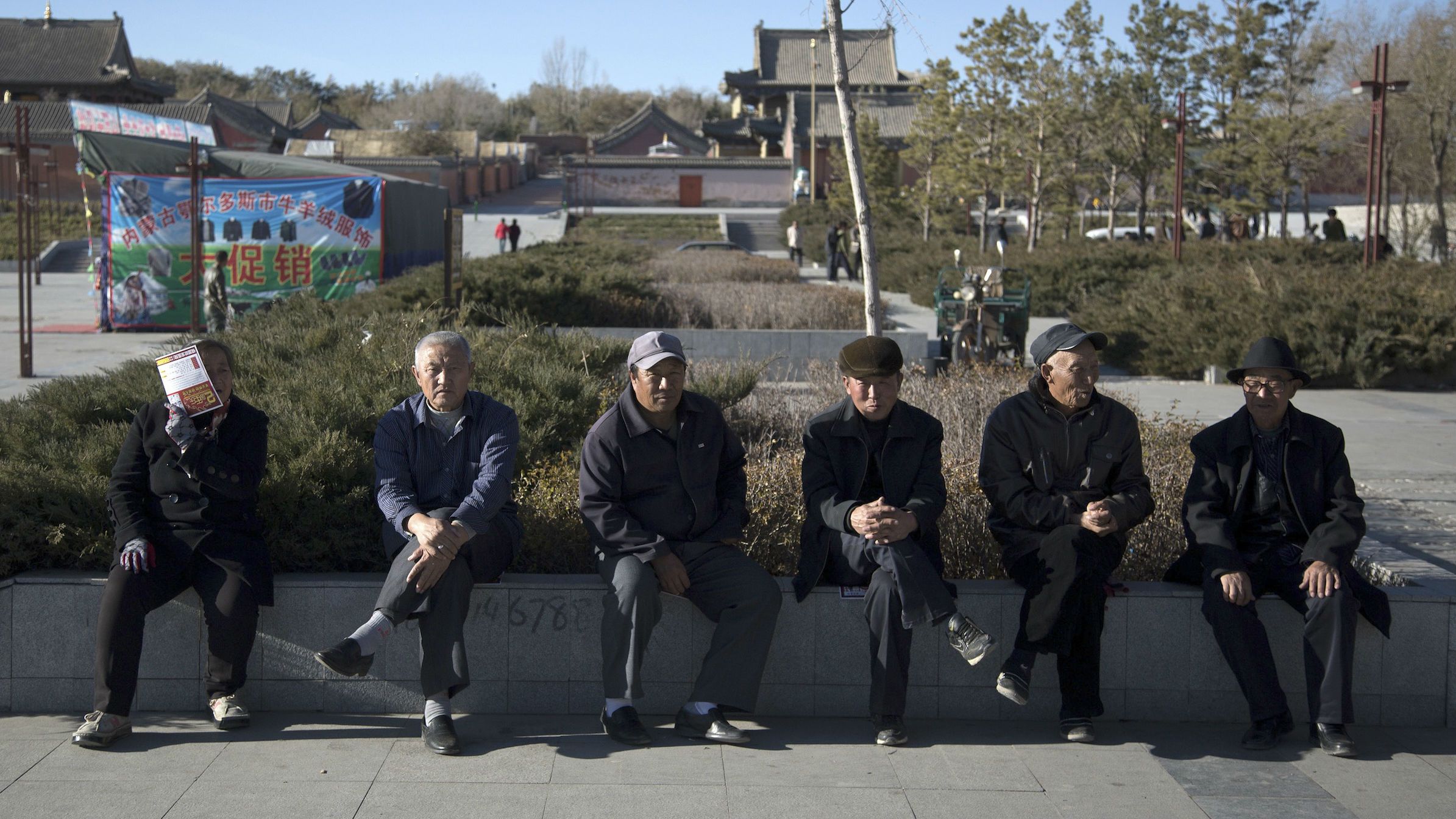Forget that image of sweatshops making all kinds of cheap stuff with plentiful labor. Now China’s workforce is shrinking and its population graying rapidly. Maybe many in the West haven’t noticed, but Beijing has. Bloomberg News reports that China’s cabinet plans to end the limits on family size that, among other things, have now left the country short of workers.
About a quarter of the population will be 60 or older by 2030, according to government projections last year. That’s up from about 13% in the 2010 census. China’s working-age population is still huge at about a billion, but it’s getting smaller. (Coincidentally, 2030 is about the time China is supposed to eclipse America as the world’s largest economy.)
Recent steps to encourage childbirth underscore a handful of serious challenges China faces as economic growth both slows and evolves. The path to supremacy, if that is the goal, is tougher than many imagine. Easing limits on family size attests to that.
China’s economy has evolved too far to be carried by cheap manufacturing. The nation’s share of the global textile and clothing industry, for example, is waning, and wages are increasing, as reported by the South China Morning Post. (Westerners can check the labels next time they’re shopping for clothes: many will say they were made in Vietnam, Pakistan or Indonesia.)
China’s graying and diminishing workforce is part of what’s driving this. It’s also driving Beijing’s investment in fields like robotics and new-energy vehicles—a new model for the nation’s shrinking workforce.
Demographic Crunch
While China tries to alleviate its demographic crunch, the aging society means a pension shortfall. Contributions from Chinese workers no longer cover retiree benefits, forcing the state to plug that gap. That adds urgency to Beijing’s efforts to rein in burgeoning corporate debt, given the government will need to fund its own deficits.
That may also partly explain why China is keen for foreigners to step up their participation, ever so gradually, in the country’s bond markets. China’s capital markets are small relative to, say, the US, when you consider the size of China’s overall economy. China will need to develop those, too.
The government is trying anything it can to keep growing and gaining on the GDP leader-board.
Put more bluntly, China doesn’t want to become Japan. Remember when Japan was supposed to take over the world? Then demographics caught up with it. While it’s still a prosperous society, the scenarios of world domination popularized by the book and 1993 movie “Rising Sun” seem quaint.
Cushioning the blow for Japan: Although it is short of workers and large-scale immigration remains taboo, the nation is a pioneer in automation. And although there are relatively few working-age Japanese to support the many older citizens, the wealthy economy can afford a generous social safety net.
For its part, Beijing must figure out what comes next. It has at least realized one thing: Future generations will be the key.
Birth-Control Policy
Analysts are doubtful policymakers will be able to shift the trajectory of population growth in the country, which they say is influenced by outside factors. Those include high living costs and pursuit of professional goals in urban parts of China, Credit Suisse research analysts Vincent Chan and Pearl Xu wrote in a note to clients, Business Insider reported.
"If the key driver of declining birth rates is that families are delaying having children as women focus on their careers or because they feel the costs of raising a child are prohibitive, then giving them permission to have a third child won’t have a big impact," Julian Evans-Pritchard, a senior economist at Capital Economics who specializes in China, said.
After China lifted its one-child limit in 2015, Chan and Xu said there was no notable increase in the number of second-child births that year. In fact, birthrates in the country were already declining before the one-child law was put in place, according to a Federal Reserve report.
"If the birth-control policy is completely relaxed, it would take some time to impact the population and would largely depend on the availability of supporting social infrastructure and services," Chan and Xu said.


